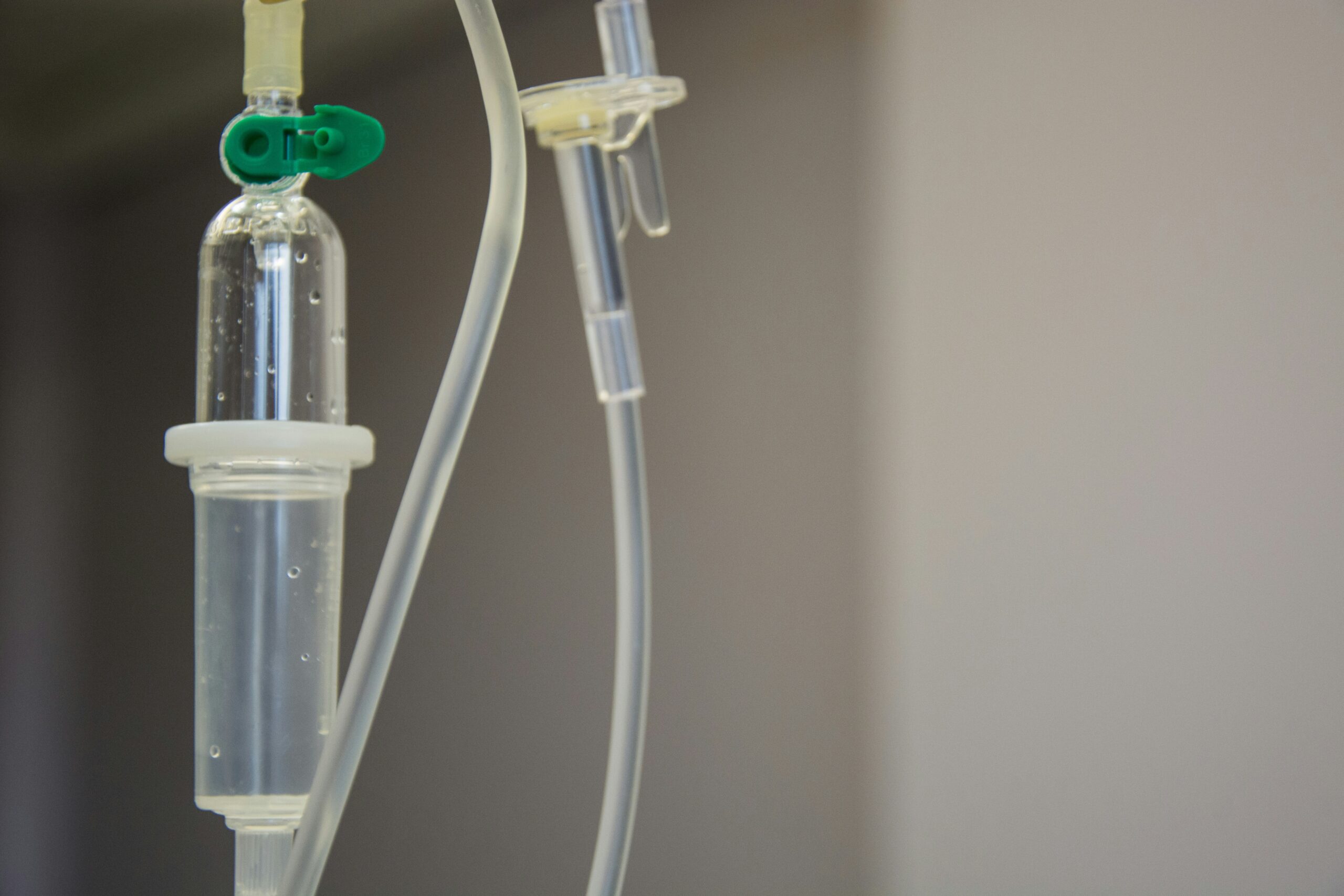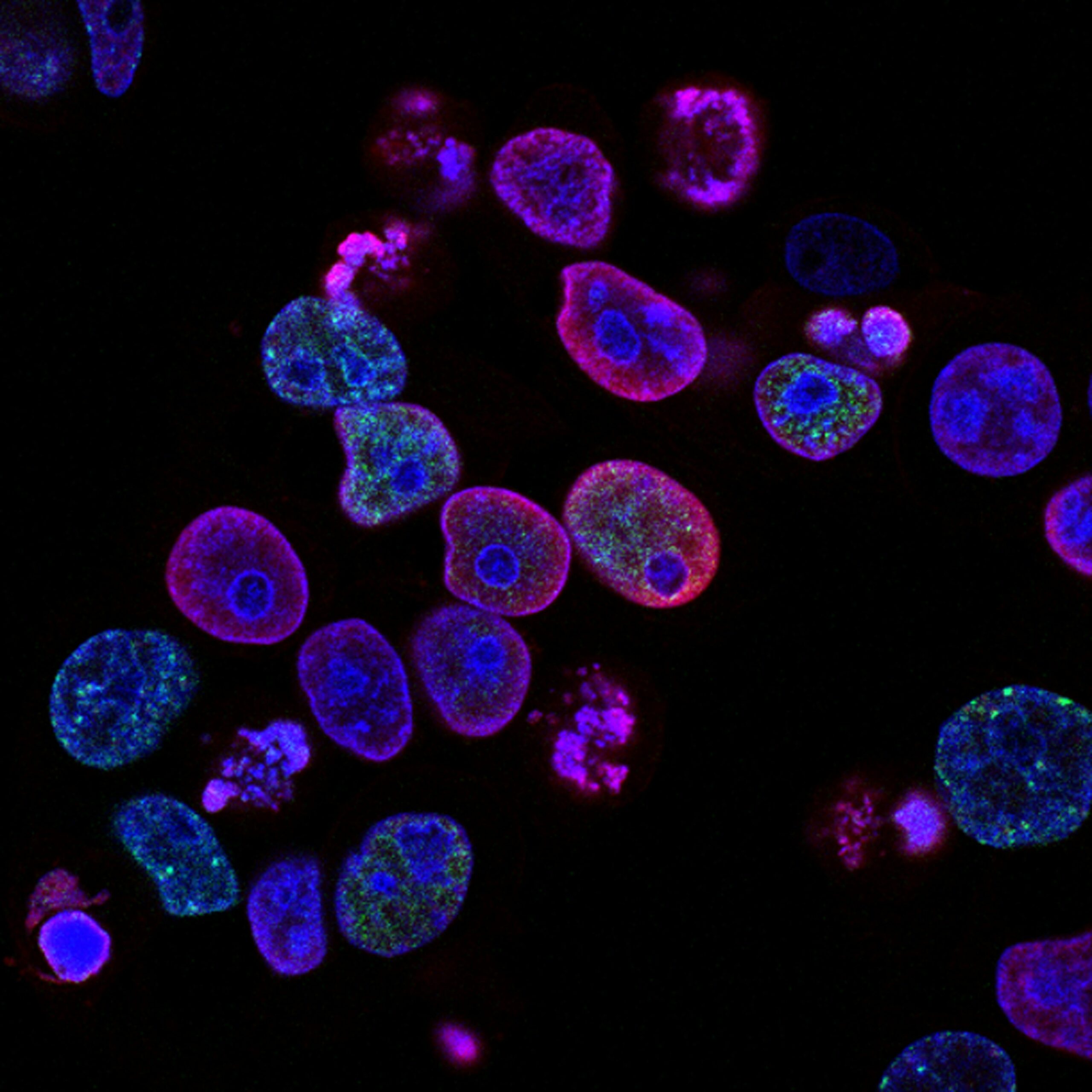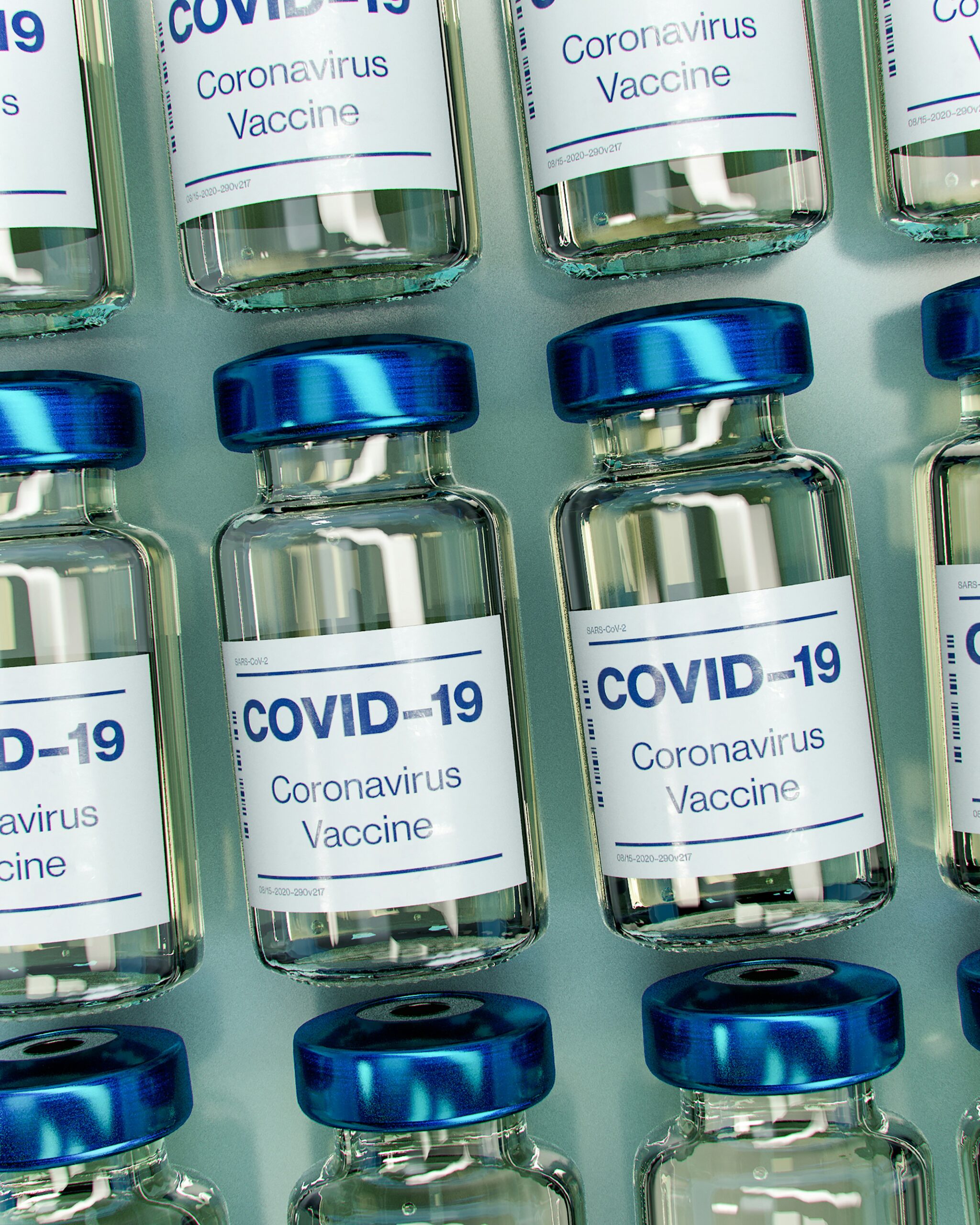Prostate cancer can be a daunting phrase to hear, but understanding the survival rate associated with it can provide some peace of mind. Being informed about the statistics surrounding this common cancer can help you navigate your own journey or support a loved one through theirs. In this article, we will explore the survival rate for prostate cancer, shedding light on what it means and how it can vary depending on different factors. By the end, you will have a clearer understanding of what to expect and how to face this challenge head-on.
Understanding Prostate Cancer
Prostate cancer is a common type of cancer that affects the prostate gland in men. It is the second most common cancer among men worldwide, with varying survival rates depending on several factors. To better comprehend the survival rates, it is crucial to first understand what prostate cancer is, the role of the prostate gland, and its significance in men's health.
What is Prostate Cancer
Prostate cancer occurs when the cells in the prostate gland, a small walnut-shaped gland located between the bladder and the penis, begin to grow uncontrollably. These abnormal cells can form a tumor and potentially spread to other parts of the body if left untreated.
Understanding the Prostate Gland
The prostate gland plays a vital role in men's reproductive health. It produces the fluid that nourishes and transports sperm during ejaculation. As men age, the prostate gland naturally enlarges, which can sometimes lead to benign prostatic hyperplasia (BPH). However, in some cases, the cells in the prostate gland can become cancerous and develop into prostate cancer.
Role of Prostate in Men's Health
Apart from its reproductive role, the prostate gland also helps regulate urine flow by surrounding the urethra, the tube that carries urine from the bladder out of the body. Keeping the prostate healthy is therefore essential for overall men's health and wellbeing.
Risk Factors for Prostate Cancer
While the causes of prostate cancer remain largely unknown, several risk factors have been identified that may contribute to its development. These risk factors include age, family history and genetic factors, diet and lifestyle choices, as well as ethnicity.
Age as a Risk Factor
Age is the most significant risk factor for prostate cancer. The chances of developing this disease increase with age, especially in men over the age of 50. It is rare for prostate cancer to occur in men under 40, but the risk significantly rises after that age.
Family History and Genetic Factors
Having a family history of prostate cancer, especially in close relatives like a father or brother, can increase the risk. Research suggests that inherited gene mutations, such as the BRCA1 and BRCA2 genes, may also play a role in prostate cancer development.
Role of Diet and Lifestyle
Unhealthy dietary habits, such as a high intake of red meat and dairy products, have been associated with an increased risk of prostate cancer. On the other hand, diets rich in fruits, vegetables, and whole grains may lower the risk. Additionally, regular exercise and maintaining a healthy weight can contribute to reducing the risk.
Ethnicity and Prostate Cancer
Prostate cancer prevalence varies among different ethnic groups. African American men have the highest incidence rates globally, followed by Caribbean men of African descent. Asian men, particularly those living in Asia, have relatively lower rates of prostate cancer. These ethnic disparities highlight the importance of considering ethnicity as a risk factor.

Prostate Cancer Stages
To determine the prognosis and appropriate treatment options, doctors use a staging system to classify the extent and spread of prostate cancer. The stages range from localized cancer that remains confined to the prostate gland (Stage I and II) to advanced cancer that has spread to distant parts of the body (Stage IV). Understanding these stages is crucial in assessing survival rates and planning the most suitable treatment.
Stage I Prostate Cancer
Stage I prostate cancer is generally the earliest and least aggressive stage. At this stage, the cancer is usually small and confined to a small area of the prostate gland. The survival rate for Stage I prostate cancer is generally high, with most men experiencing long-term survival.
Stage II Prostate Cancer
In Stage II, the cancer has grown beyond the confines of the prostate gland but has not yet reached nearby lymph nodes or other organs. The survival rate for Stage II prostate cancer varies, depending on factors such as tumor size and grade. Timely detection and appropriate treatment significantly contribute to favorable survival rates.
Stage III Prostate Cancer
At Stage III, the cancer has spread beyond the prostate gland and may have invaded nearby tissues or organs. It may involve the seminal vesicles, which are small glands that produce a fluid for semen. The survival rate for Stage III prostate cancer depends on the extent of spread and the response to treatments such as surgery, radiation therapy, or hormone therapy.
Stage IV Prostate Cancer
Stage IV is the most advanced stage of prostate cancer, indicating that the cancer has spread to distant parts of the body, such as bones, lymph nodes, or other organs. The survival rate for Stage IV prostate cancer is generally lower than earlier stages, but advancements in treatments and therapies have improved outcomes for many patients.
Defining Survival Rates
Survival rates provide an estimate of the percentage of people with a specific disease who are still alive after a certain period. Understanding survival rates for prostate cancer is crucial for both patients and healthcare providers to assess treatment effectiveness, guide decision-making, and provide realistic expectations.
What is a Survival Rate
A survival rate represents the proportion of people with a particular disease, such as prostate cancer, who are still alive at a certain point in time, often measured in years after diagnosis. It is typically calculated as a percentage and can vary based on various factors such as age, overall health, stage of cancer, and treatment received.
Different Types of Survival Rate
There are different types of survival rates that provide specific insights into the prognosis of prostate cancer patients. These include overall survival rate, relative survival rate, disease-specific survival rate, and progression-free survival rate.
Importance of Survival Rates
Survival rates are essential in understanding the prognosis and potential outcomes for prostate cancer patients. They can help patients make informed decisions about treatment options, provide support and realistic expectations, and serve as a benchmark for monitoring progress over time.

General Survival Rates for Prostate Cancer
The survival rates for prostate cancer are generally favorable, particularly when diagnosed at an early stage. Survival rates are often expressed as five-year, ten-year, or fifteen-year survival rates, indicating the percentage of patients who survive for at least that length of time after diagnosis.
Five-Year Survival Rate
The five-year survival rate for prostate cancer is commonly used and considered a significant milestone in evaluating treatment outcomes. It refers to the proportion of patients who survive for at least five years after diagnosis. The overall five-year survival rate for prostate cancer is approximately 98%, which is highly encouraging.
Ten-Year Survival Rate
The ten-year survival rate provides insights into the long-term prognosis and success of treatments. It represents the percentage of patients who survive for at least ten years after diagnosis. Generally, the ten-year survival rate for prostate cancer remains high, ranging from 81% to 90%, depending on various factors.
Fifteen-Year Survival Rate
The fifteen-year survival rate offers an extended perspective on survival outcomes for prostate cancer patients. It signifies the proportion of patients who survive for at least fifteen years after diagnosis. While data specifically for fifteen-year survival rates may be limited, studies indicate that the overall survival rates remain relatively favorable beyond ten years.
Survival Rates Based on Prostate Cancer Stages
The survival rates for prostate cancer significantly depend on the stage at which the cancer is diagnosed. Understanding the survival rates for each stage is critical in assessing the potential outcomes and making informed decisions regarding treatment options.
Survival Rate for Stage I Prostate Cancer
Stage I prostate cancer, being the earliest stage, generally has an excellent prognosis. The five-year survival rate for Stage I prostate cancer is estimated to be nearly 100%. This high survival rate emphasizes the importance of early detection and prompt treatment.
Survival Rate for Stage II Prostate Cancer
Stage II prostate cancer survival rates vary depending on the extent of cancer growth and spread. On average, the five-year survival rate for Stage II prostate cancer ranges from 85% to 100%. Timely intervention and appropriate treatment options significantly contribute to favorable outcomes.
Survival Rate for Stage III Prostate Cancer
Stage III prostate cancer indicates a more advanced disease with potential involvement of nearby tissues or organs. The five-year survival rate for Stage III prostate cancer is approximately 55% to 75%. Treatment options, including surgery, radiation therapy, hormone therapy, or a combination, aim to control the disease, improve quality of life, and potentially extend survival.
Survival Rate for Stage IV Prostate Cancer
Stage IV prostate cancer is considered the most advanced and challenging to treat. However, advancements in treatments and therapies have improved survival rates for some patients. While five-year survival rates may vary depending on individual factors, the overall median survival rate for Stage IV prostate cancer is approximately 28 months.

Factors Affecting Prostate Cancer Survival Rates
Several factors influence the survival rates of prostate cancer patients. These factors include age at diagnosis, overall health conditions, treatment options considered, and lifestyle choices.
Age and Survival Rate
Age at the time of diagnosis plays a crucial role in determining survival rates for prostate cancer. Generally, younger patients tend to have more favorable outcomes compared to older patients. However, age alone cannot solely predict survival, as overall health conditions and treatment responses also contribute significantly.
Health Conditions and Survival Rate
The presence of other underlying health conditions can affect overall survival rates in prostate cancer patients. Patients with comorbidities such as diabetes, heart disease, or other significant illnesses may experience lower survival rates compared to those without additional health challenges.
Treatments and Survival Rate
The choice of treatment options and the response to those treatments can significantly impact survival rates. Early detection and prompt initiation of appropriate treatments such as surgery, radiation therapy, chemotherapy, hormonal therapy, or immunotherapy can improve the likelihood of more favorable outcomes.
Lifestyle and Survival Rate
Lifestyle choices also play a role in prostate cancer survival rates. Maintaining a healthy lifestyle by engaging in regular physical activity, adopting a balanced diet, avoiding tobacco products, and limiting alcohol consumption may contribute to better treatment outcomes and long-term survival.
Improving Survival Rates of Prostate Cancer
The improvement of prostate cancer survival rates requires a multi-faceted approach involving early detection, personalized treatment options, and lifestyle modifications. Several strategies can contribute to enhanced overall survival rates and better quality of life for prostate cancer patients.
Importance of Early Detection
Early detection through regular screenings and prostate-specific antigen (PSA) tests is crucial in identifying prostate cancer in its initial stages. When diagnosed at an early stage, the cancer is often more treatable, leading to improved survival rates. Regular check-ups and open communication with healthcare providers are essential for early detection and intervention.
Prostate Cancer Treatment Options
Advancements in treatment options have significantly contributed to improved survival rates for prostate cancer patients. These options include surgery, radiation therapy, chemotherapy, hormonal therapy, immunotherapy, and precision medicine approaches. The choice of treatment depends on factors such as stage, aggressiveness of the cancer, patient preferences, and overall health.
Lifestyle Changes for Prostate Cancer Patients
Adopting healthy lifestyle habits can complement medical treatments and contribute to better outcomes for prostate cancer patients. Maintaining a balanced diet, engaging in regular physical activity, managing stress levels, and avoiding tobacco and excessive alcohol consumption can positively impact overall health, treatment response, and survival rates.
Advancements in Prostate Cancer Treatment
Ongoing research and advancements in medical technology have paved the way for improved treatment options and better outcomes for prostate cancer patients. These advancements range from emerging treatment techniques to personalized treatment plans and the utilization of technology.
Emerging Treatment Techniques
Emerging treatment techniques aim to enhance treatment efficacy and minimize side effects for prostate cancer patients. These techniques include brachytherapy, which involves the placement of radioactive seeds directly into the prostate, focal therapy that targets specific areas of the prostate, and ablative therapies that use heat or cold to destroy cancer cells.
Personalized Treatment Plans
Personalized treatment plans consider individual patient factors such as age, overall health, stage of cancer, and genetic profile to tailor the most effective treatment approach. Precision medicine and genomic testing have allowed healthcare providers to identify specific characteristics of tumors, enabling the selection of targeted therapies and minimizing unnecessary treatments.
Role of Technology in Prostate Cancer Treatment
Technological advancements have revolutionized prostate cancer treatment, enabling precise diagnosis, targeted therapies, and improved patient outcomes. Robotic-assisted surgery, image-guided radiation therapy, and advanced imaging techniques such as magnetic resonance imaging (MRI) and positron emission tomography (PET) have contributed to more precise treatment delivery and better disease control.
Living Beyond Prostate Cancer
Surviving prostate cancer goes beyond physical health. The psychological impact, support systems, and quality of life after prostate cancer diagnosis are vital aspects to consider for comprehensive patient care.
Psychological Impact of Prostate Cancer
Prostate cancer diagnosis can have emotional and psychological effects on patients. Feelings of fear, anxiety, depression, and stress are not uncommon, and addressing these psychological aspects is crucial for overall well-being. Open communication, support networks, and counseling services can provide essential emotional support through the cancer journey.
Support for Prostate Cancer Survivors
Support systems for prostate cancer survivors play a significant role in helping patients navigate the challenges associated with the disease. Support groups, counseling services, and online communities provide platforms for sharing experiences, providing advice, and fostering a sense of belonging. Healthcare providers can also assist by connecting patients with relevant resources and support networks.
Quality of Life After Prostate Cancer
Quality of life after prostate cancer encompasses physical, emotional, and social well-being. While treatment may have an impact on certain aspects of life, many survivors can lead fulfilling and active lives. Regular follow-up care, healthy lifestyle choices, addressing any lingering side effects, and maintaining open communication with healthcare providers contribute to a better quality of life.
In conclusion, understanding prostate cancer, its risk factors, stages, and survival rates is crucial in navigating the complexities of this disease. By focusing on early detection, personalized treatment options, and adopting a healthy lifestyle, prostate cancer patients can improve their survival rates and enhance their quality of life. Ongoing advancements in treatment techniques and technologies further provide hope for better outcomes and increased survivorship in the fight against prostate cancer.

